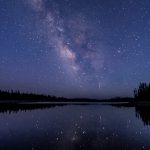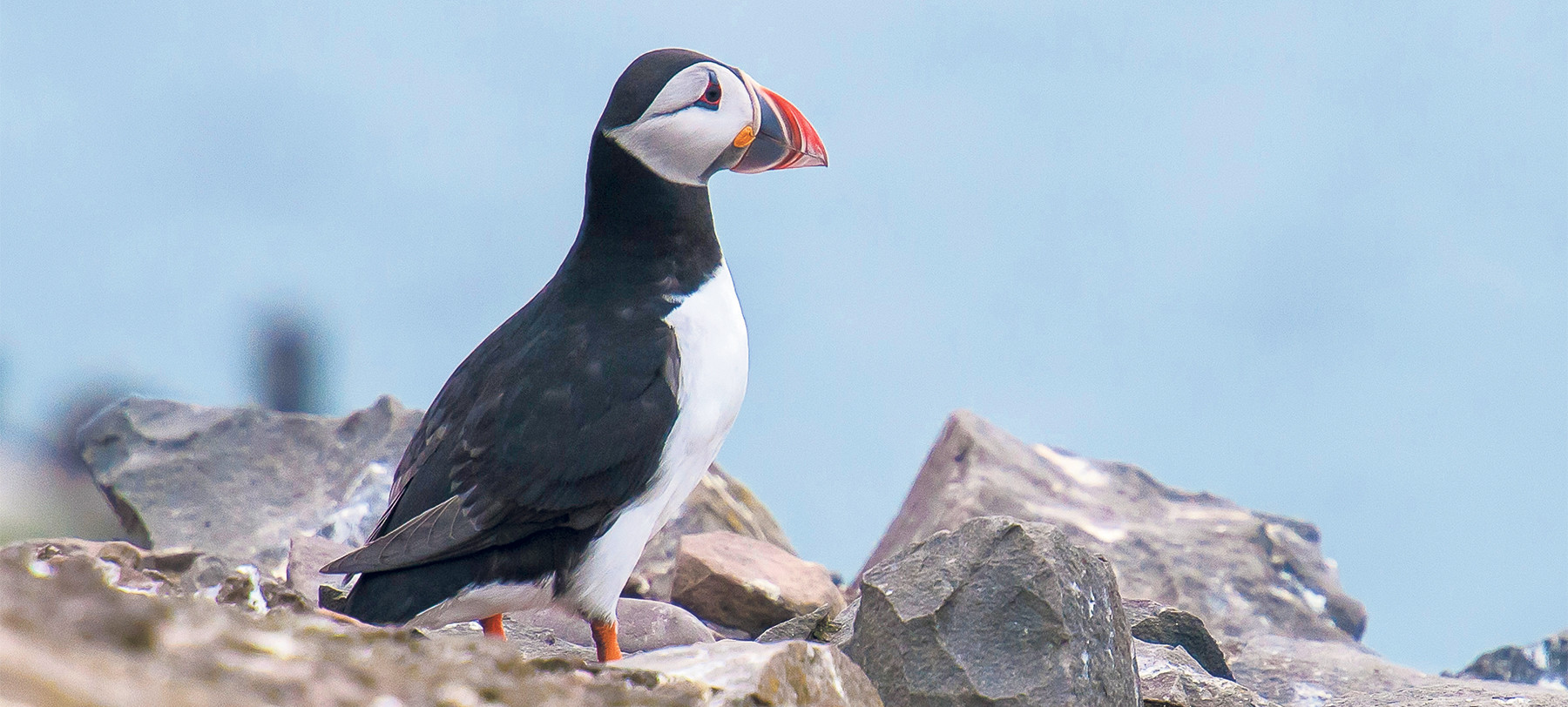
The five telephoto lens tips you need to know
The telephoto lens is extremely versatile and unlocks a world of creative potential for any photographer. Here’s why you should get one and how to use it when you have.
Read time: 5 minutes
If you’ve been following our lens guide series, you’ll know just about all there is to know about wide-angle and standard lenses, which means there’s only one thing left to cover: telephoto. But have we saved the best for last? Well, that could certainly be argued.
Don’t be fooled by the idea that telephoto lenses are only good for wildlife and sports shooting. Even if you aren’t interested in either subject, writing a telephoto lens off before you’ve fully considered it means leaving a heap of creative potential on the table.
There’s a reason telephoto lenses are used for practical purposes like wildlife and sports photography, though. They are amazingly practical. A lens with a focal range of 70-200mm offers a huge difference between its widest and longest ends, and that’s not even scratching the surface as far as telephotos are concerned.
Price is another factor that puts many photographers off getting a telephoto lens, but you can pick up something very decent for a few hundred pounds, especially if you buy second-hand. If you’re looking for your first telephoto – which is likely if you’re reading this – a zoom with a range similar to that mentioned above will probably be a great place to start.
So, whether you already own a telephoto or you’re planning what to do when you get one, here are five must-know tips for going long.
Avoid the extremes
It can be tempting to push your gear to its extremes, but often this isn’t the best idea, and a telephoto lens is a prime example of this. At its longest end and fastest aperture (not necessarily at the same time), the optical performance of most telephotos starts to waver, and the images you capture will be slightly less sharp and show a little more vignetting.
If you need to, by all means push the lens. A less-than-perfect photo is better than no photo at all. If possible, though, pull that zoom back a bit and stop your aperture down so it’s not wide open. Don’t worry about losing a shallow depth-of-field at a slightly slower aperture – we’ll explain why later.
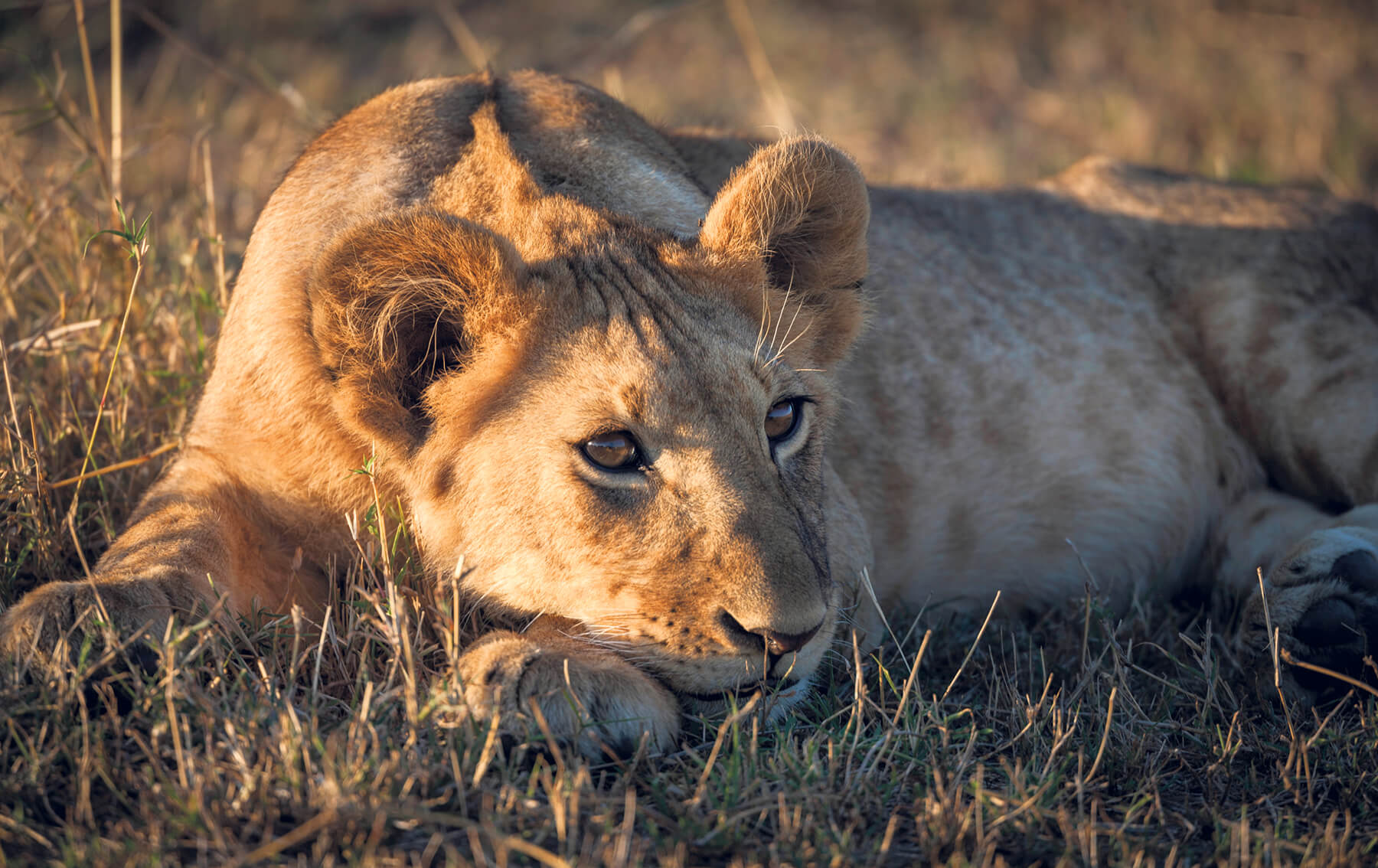
Image Here, not pushed to its extremes, Will’s telephoto produced a sharp image with very little vignette (credit: Will Cheung)
Speed up
There’s an old rule of thumb for telephoto lenses that states you should match your shutter speed to your focal length. For example, if your lens is set to 100mm, your shutter speed should be 1/100sec.
This isn’t just because telephotos are often used to shoot fast-moving subjects, but because of camera shake, too. The longer a lens’ focal length, the more accentuated any movement of the frame is. For that reason, most telephotos feature OIS, but the shutter speed rule is a good one to keep in mind all the same.
Click the images to see a larger view
Images Shoot fast and still to freeze your subject, left, or follow your subject in a panning motion to introduce some movement, right (credit: Kingsley Singleton)
Fill the frame
If the practical purpose of a telephoto lens is to get closer to the subject, leaving a lot of empty space around that subject seems counterintuitive. More often than not, a lot of empty space in a frame means a poor composition, so don’t be afraid to go in tight. There are, of course, exceptions to this, but if you’re using your telephoto lens to capture an otherwise impossible to capture subject, show that subject off!
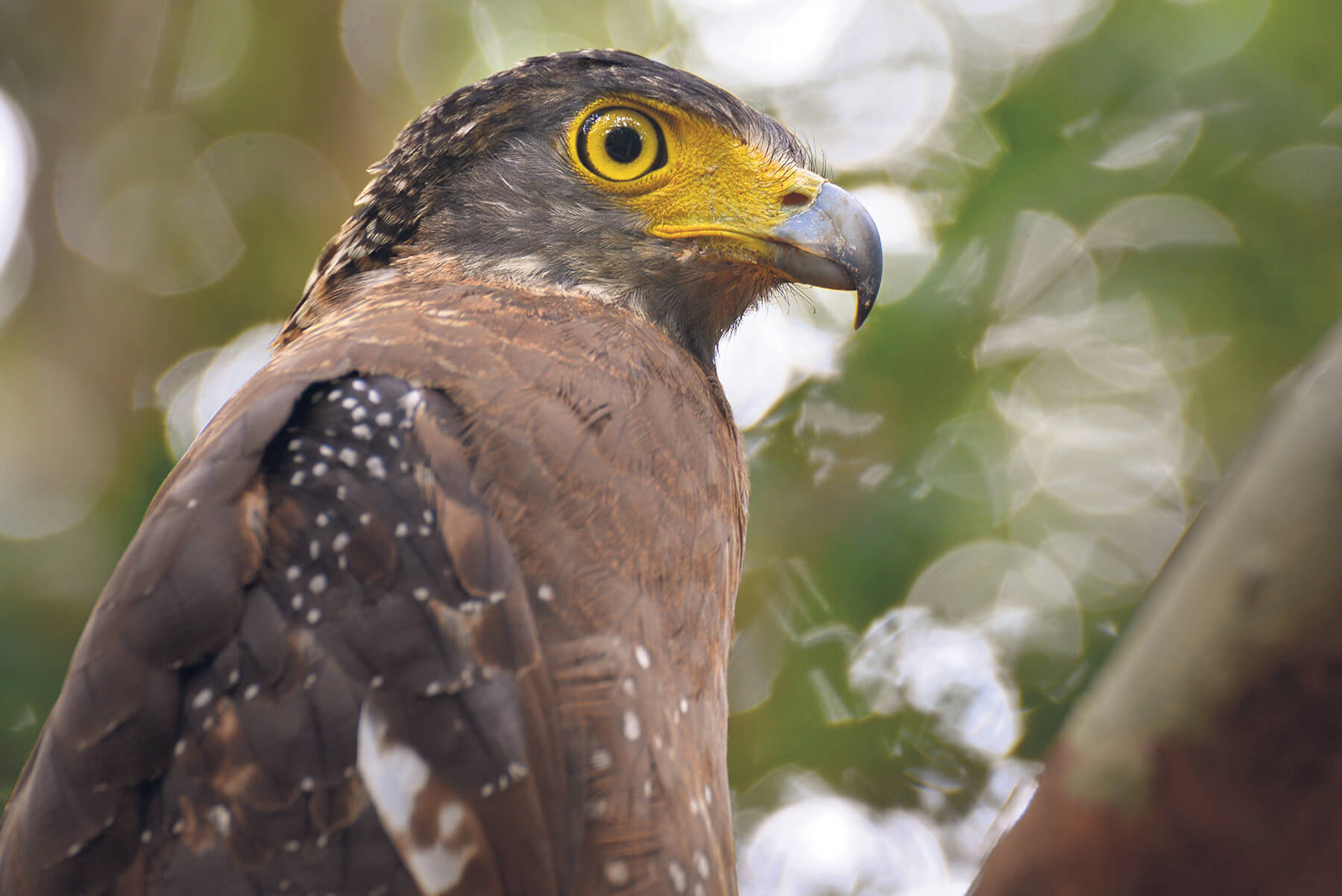
Image Here, Kingsley chose a very tight frame to show off the wonderful details of this bird’s face (credit: Kingsley Singleton)
It’s all in the detail
As we’ve said, a telephoto lens isn’t just for shooting sports or wildlife. Whatever the genre, if you’re shooting a scene rather than a subject, try to use that extra focal length to find some detail. This can strip back a photo and simplify an otherwise busy composition very nicely.

Image Rather than photographing the whole ship, Will chose to close in on the details of this one small area (credit: Will Cheung)
Use compression
In our first tip, we said that you don’t need to worry about losing a shallow depth-of-field even at higher apertures when shooting with a telephoto lens. The reason for that is perhaps the best thing about long lenses: compression.
Where a wide-angle exaggerates the distance between objects, a telephoto compresses it, meaning things appear closer than they are. The longer the focal length, the greater the compression.
This is an amazing creative tool in any genre of photography. Throw your portrait subjects into a nice shallow depth-of-field with ease, make the mountains in your landscape seem like they’re right there, scale up the sun while you’re shooting sunsets, bring the distant elements of your more open street scenes together – the possibilities are endless.
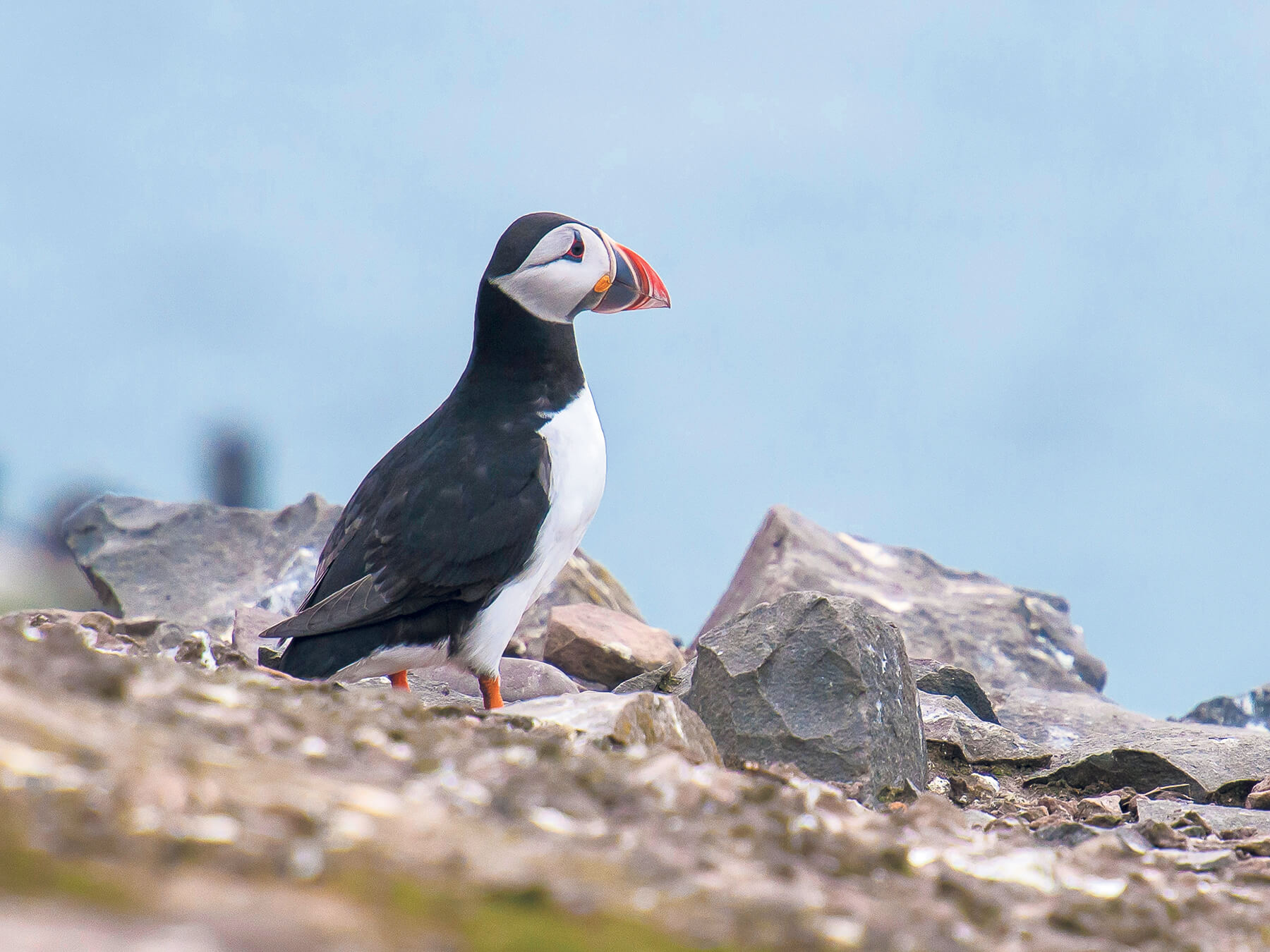
Image Even at f/6.3, there’s still a very shallow depth-of-field here (credit: Kingsley Singleton)
When you put these tips to good use, let us know! And send us your favourite telephoto shots on social media by tagging us using the handle @PhotonewsPN.
Have you become a Photography News member yet? Sign up and read the online issue, free, every month. Don’t forget to tick to receive our newsletter to get notified of the new issue, exclusive offers and competitions.


